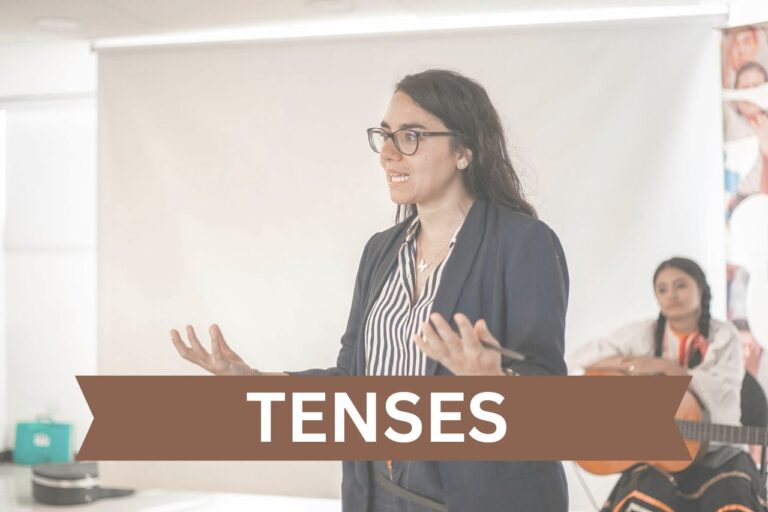
Common Mistakes Learners Make with Tenses (And How to Avoid Them)
Tenses are like the backbone of English grammar, playing an important role in helping us communicate clearly and confidently. Yet, many learners of English tend to make over some simple but common mistakes, especially when speaking. In this blog post, we’ll dive into the most frequent tense errors and share tips on how to avoid them, so you can sound more fluent and natural.
🔹 1. Mixing Up Past Simple and Present Perfect
Common mistake: “I have seen him yesterday.” ❌
Correct: “I saw him yesterday.” ✅
Why it’s wrong: The Present Perfect tense (have seen) is used for situations where no specific time is given. When you’re referring to a specific moment in the past (like yesterday), you should use the Simple Past (saw).
Tip to fix: Use Present Perfect when the time isn’t specified; stick with Past Simple when it is.
🔹 2. Using Present Continuous Instead of Simple Present
Common mistake: “I am knowing the answer.” ❌
Correct: “I know the answer.” ✅
Why it’s wrong: Some verbs (like know, believe, like, love) express states rather than actions, so they’re not typically used in continuous tenses.
Tip to fix: Familiarize yourself with the list of non-continuous or stative verbs and avoid using them in the continuous form.
🔹 3. Overusing ‘Will’ for Future Plans
Common mistake: “I will meet my friend at 5 PM.” (when already planned) ❌
Correct: “I am meeting my friend at 5 PM.” ✅
Why it’s wrong: When plans are set in advance, the Present Continuous tense feels more natural.
Tip to fix: Use “going to” or Present Continuous for fixed plans, and reserve “will” for spontaneous decisions or predictions.
🔹 4. Confusing Past Continuous and Past Simple
Common mistake: “I watched TV when she came.” ❌
Correct: “I was watching TV when she came.” ✅
Why it’s wrong: The Past Continuous tense is used for actions that were ongoing in the past when another action took place (which is in Past Simple).
Tip to fix: Use the Past Continuous for the background action and the Past Simple for the action that interrupts.
🔹 5. Incorrect Word Order in Questions
Common mistake: “How you are?” ❌
Correct: “How are you?” ✅
Why it’s wrong: In questions, auxiliary verbs like am, is, are, do, does, and did should come before the subject.
Tip to fix: Get into the habit of practicing question structures across different tenses.
💡 Final Tips to Avoid Tense Mistakes
- Immerse yourself in real English every day—through books, podcasts, or shows.
- Engage in regular speaking practice with feedback—whether through a tutor or a speaking course.
- Maintain a grammar notebook to keep track of common patterns.
- Try to speak and write the same sentence in various tenses.
- Consider enrolling in an English Speaking Course to build a strong foundation.
By identifying these common mistakes and learning how to fix them, you’ll start using English tenses more naturally and accurately. Ready to improve your English faster? Join our online English speaking course today and start practicing the right way with expert guidance!
